Iterating puppeteer async methods in for loop vs. Array.map/Array.forEach
As all puppeteer methods are asynchronous it doesn't matter how we iterate over them. I've made a comparison and a rating of the most commonly recommended and used options.
For this purpose, I have created a React.Js example page with a lot of React buttons here (I just call it Lot Of React Buttons). Here (1) we are able to set how many buttons to be rendered on the page; (2) we can activate the black buttons to turn green by clicking on them. I consider it an identical use case as the OP's, and it is also a general case of browser automation (we expect something to happen if we do something on the page). Let's say our use case is:
Scenario outline: click all the buttons with the same selector
Given I have <no.> black buttons on the page
When I click on all of them
Then I should have <no.> green buttons on the pageThere is a conservative and a rather extreme scenario. To click no. = 132 buttons is not a huge CPU task, no. = 1320 can take a bit of time.
I. Array.map
In general, if we only want to perform async methods like elementHandle.click in iteration, but we don't want to return a new array: it is a bad practice to use Array.map. Map() execution is going to finish before all the iteratees are executed completely because Array iteration methods execute the iteratees synchronously, but these iteratees are asynchronous.
Code example
const elHandleArray = await page.$$('button')
elHandleArray.map(async el => {
await el.click()
})
await page.screenshot({ path: 'clicks_map.png' })
await browser.close()Specialties
- returns another array
- parallel execution inside the .map method
- fast
132 buttons scenario result: ❌
Duration: 891 ms
By watching the browser in headful mode it looks like it works, but if we check when the page.screenshot happened: we can see the clicks were still in progress. It is due to the fact the Array.map cannot be awaited by default. It is only luck that the script had enough time to resolve all clicks on all elements until the browser was not closed.
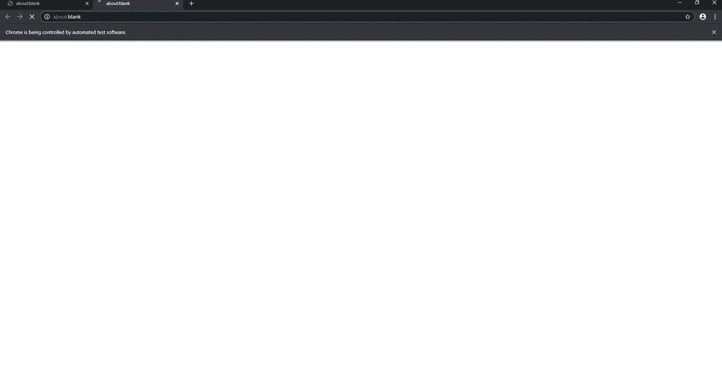
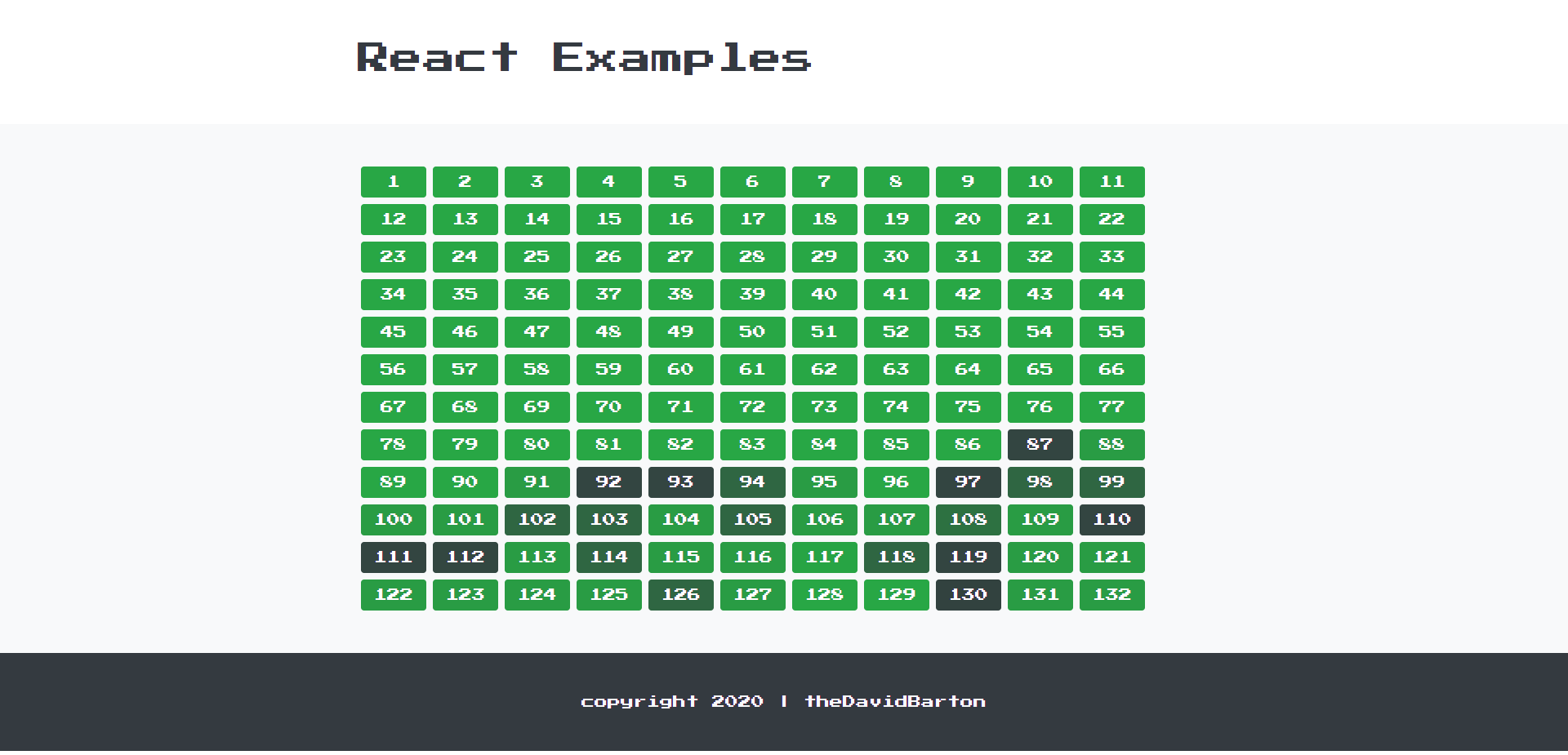
1320 buttons scenario result: ❌
Duration: 6868 ms
If we increase the number of elements of the same selector we will run into the following error:
UnhandledPromiseRejectionWarning: Error: Node is either not visible or not an HTMLElement, because we already reached await page.screenshot() and await browser.close(): the async clicks are still in progress while the browser is already closed.
II. Array.forEach
All the iteratees will be executed, but forEach() is going to return before all of them finish execution, which is not the desired behavior in many cases with async functions. In terms of puppeteer it is a very similar case to Array.map, except: for Array.forEach does not return a new array.
Code example
const elHandleArray = await page.$$('button')
elHandleArray.forEach(async el => {
await element.click()
})
await page.screenshot({ path: 'clicks_foreach.png' })
await browser.close()Specialties
- parallel execution inside the .forEach method
- fast
132 buttons scenario result: ❌
Duration: 1058 ms
By watching the browser in headful mode it looks like it works, but if we check when the page.screenshot happened: we can see the clicks were still in progress.
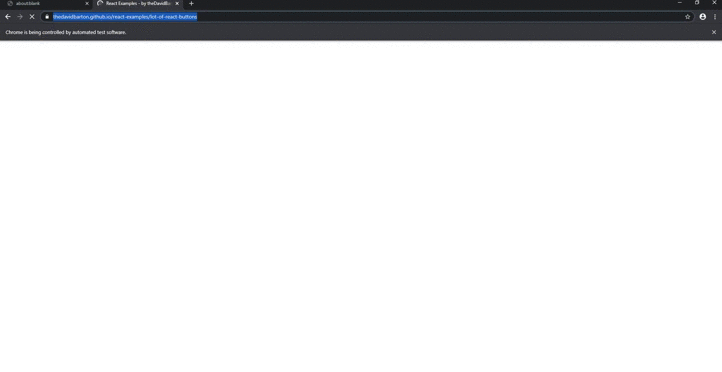
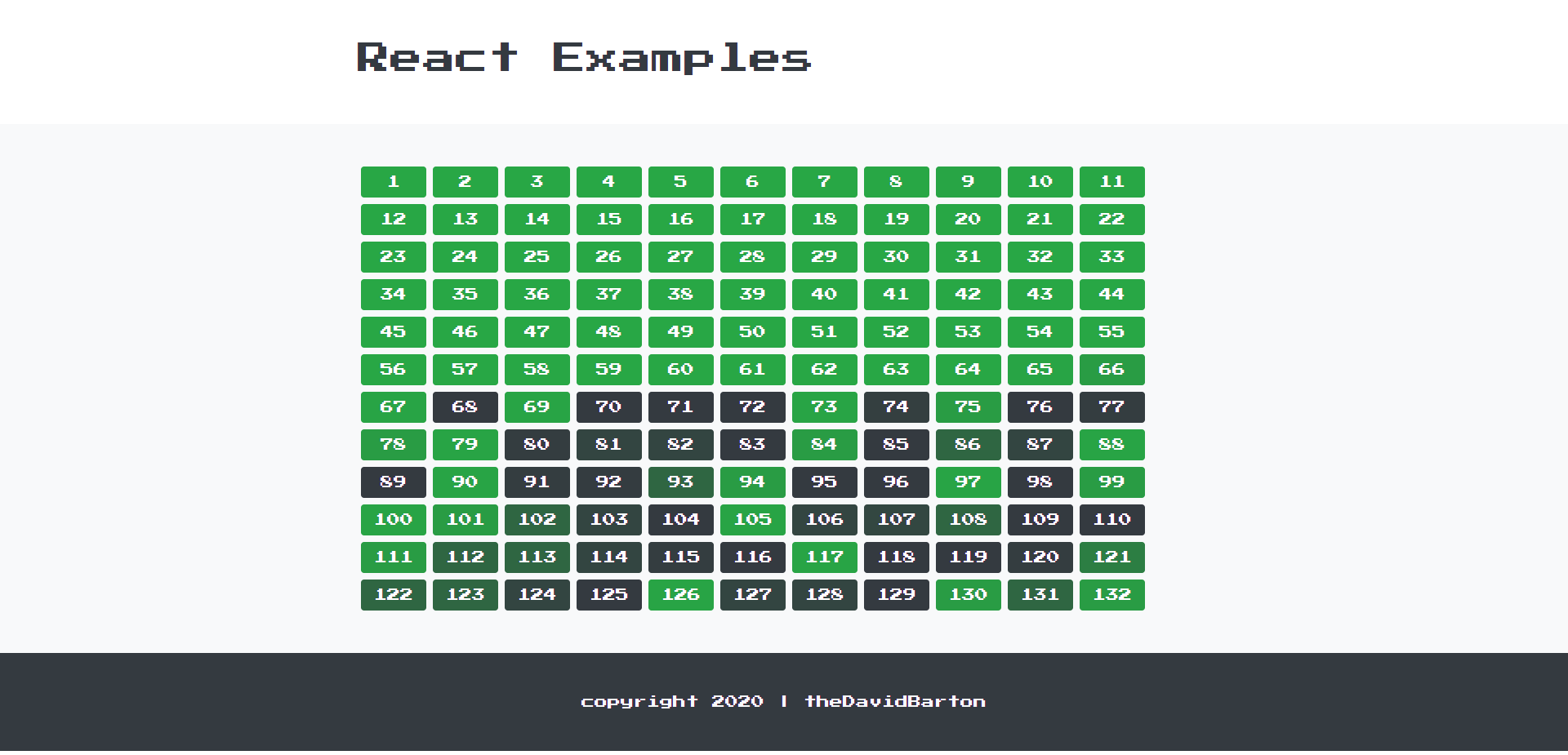
1320 buttons scenario result: ❌
Duration: 5111 ms
If we increase the number of elements with the same selector we will run into the following error:
UnhandledPromiseRejectionWarning: Error: Node is either not visible or not an HTMLElement because we already reached await page.screenshot() and await browser.close(): the async clicks are still in progress while the browser is already closed.
III. page.$$eval + forEach
The best performing solution is a slightly modified version of bside's answer. The page.$$eval (page.$$eval(selector, pageFunction[, ...args])) runs Array.from(document.querySelectorAll(selector)) within the page and passes it as the first argument to pageFunction. It functions as a wrapper over forEach hence it can be awaited perfectly.
Code example
await page.$$eval('button', elHandles => elHandles.forEach(el => el.click()))
await page.screenshot({ path: 'clicks_eval_foreach.png' })
await browser.close()Specialties
- no side-effects of using async puppeteer method inside a forEach loop
- parallel execution inside the .forEach method
- extremely fast
132 buttons scenario result: ✔
Duration: 711 ms
By watching the browser in headful mode we see the effect is immediate, also the screenshot is taken only after every element has been clicked, every promise has been resolved.
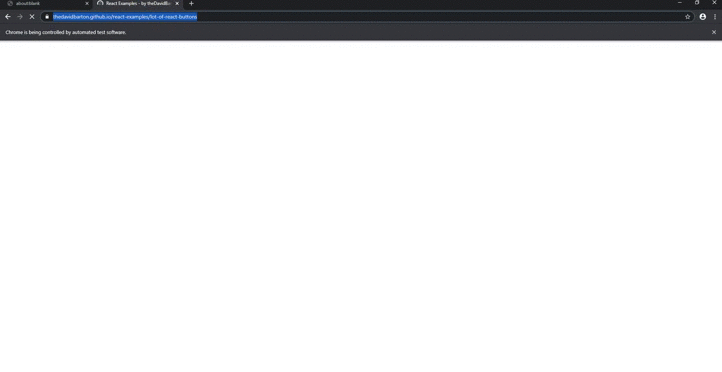
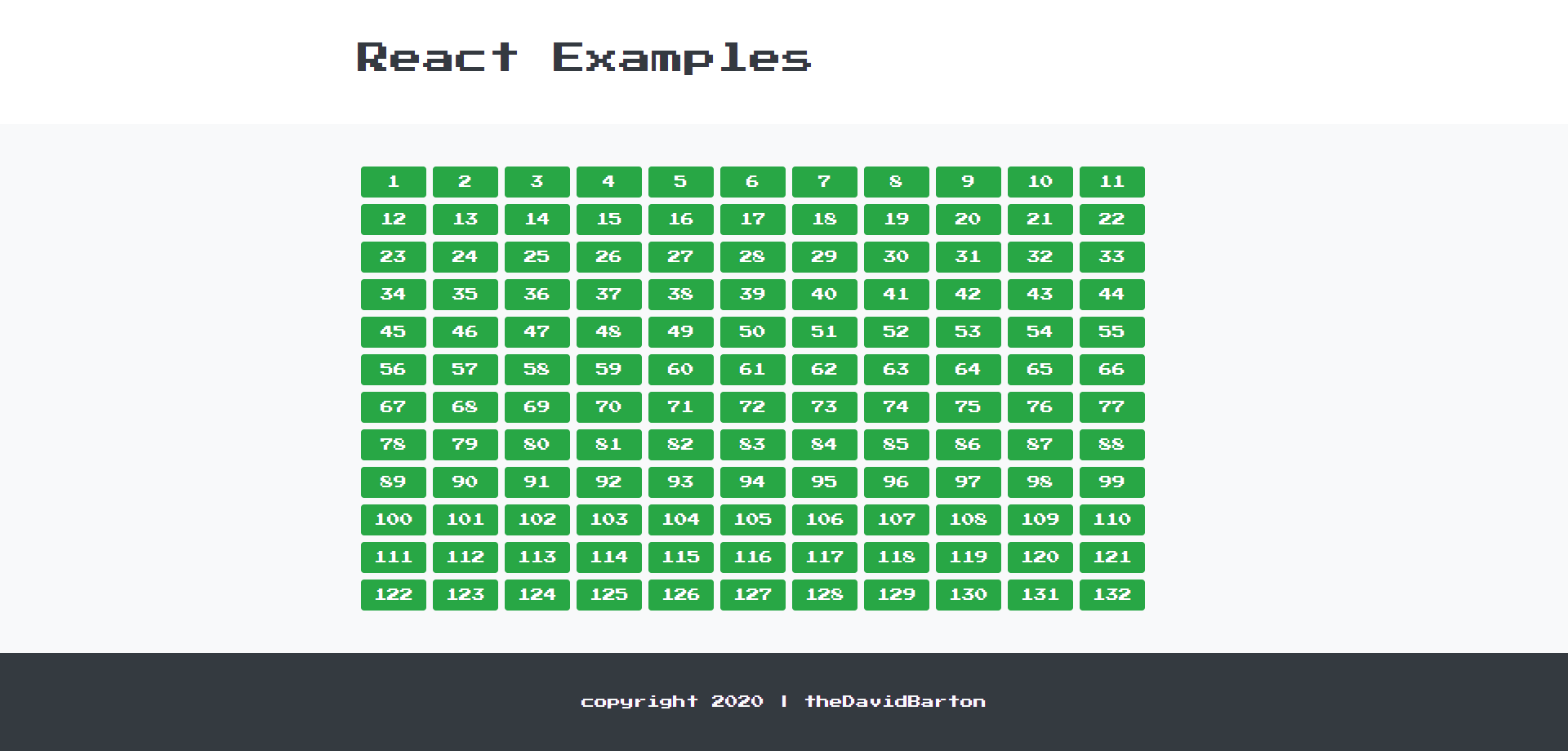
1320 buttons scenario result: ✔
Duration: 3445 ms
Works just like in the case of 132 buttons, extremely fast.
IV. for...of loop
The simplest option, not that fast and executed in sequence. The script won't go to page.screenshot until the loop is not finished.
Code example
const elHandleArray = await page.$$('button')
for (const el of elHandleArray) {
await el.click()
}
await page.screenshot({ path: 'clicks_for_of.png' })
await browser.close()Specialties
- async behavior works as expected by the first sight
- execution in sequence inside the loop
- slow
132 buttons scenario result: ✔
Duration: 2957 ms
By watching the browser in headful mode we can see the page clicks are happening in strict order, also the screenshot is taken only after every element has been clicked.
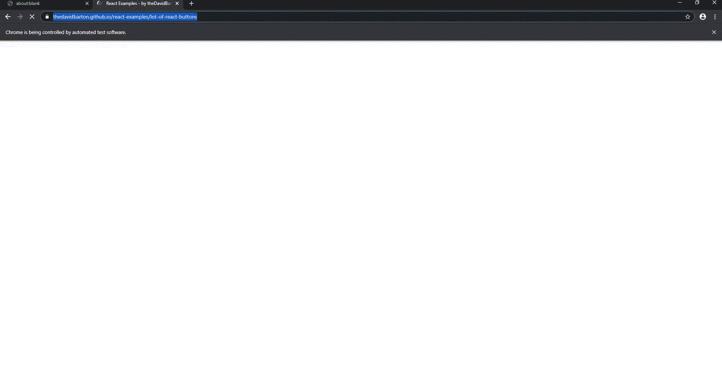
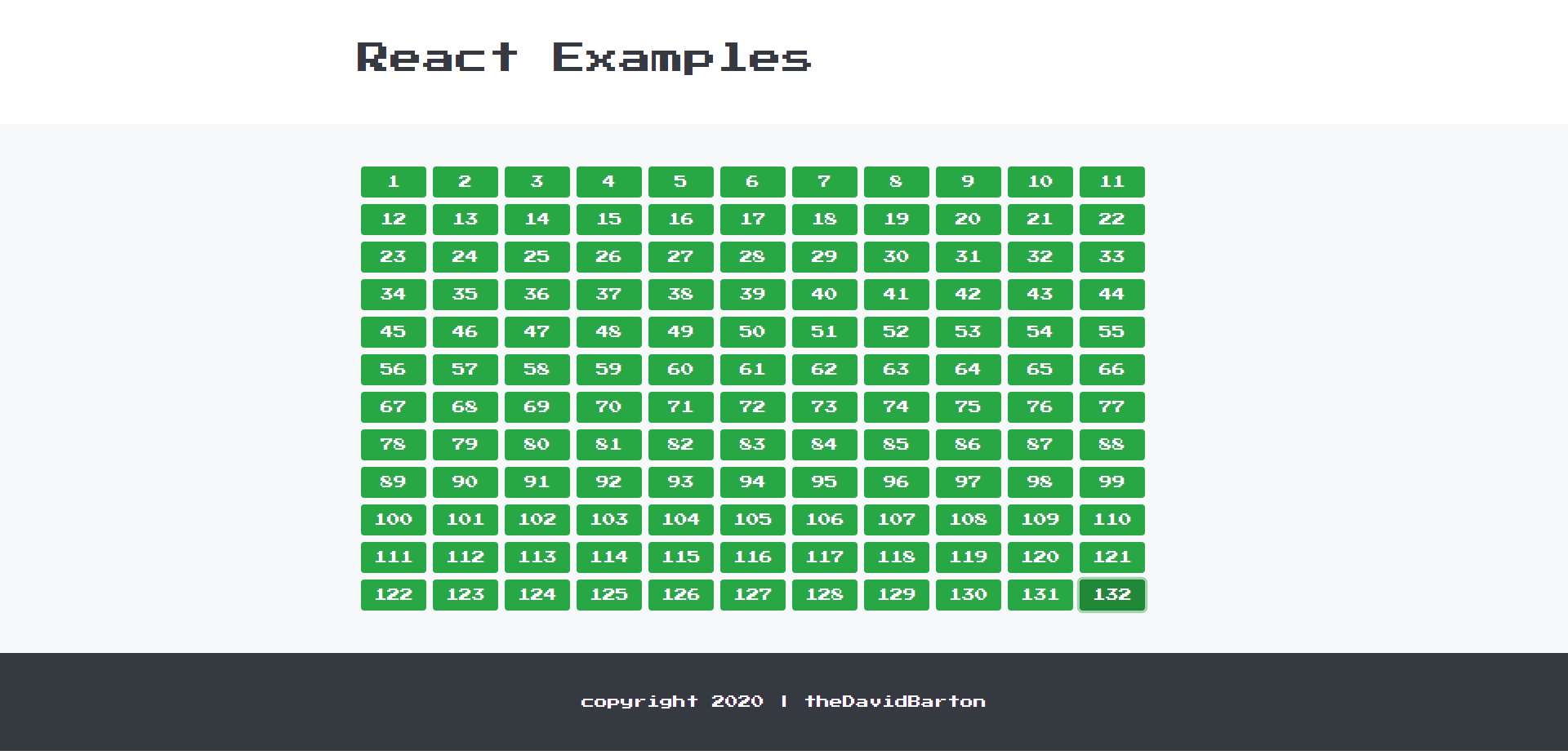
1320 buttons scenario result: ✔
Duration: 25 396 ms
Works just like in case of 132 buttons (but it takes more time).
Summary
- Avoid using
Array.mapif you only want to perform async events and you aren't using the returned array, use forEach or for-of instead. ❌ Array.forEachis an option, but you need to wrap it so the next async method only starts after all promises are resolved inside the forEach. ❌- Combine
Array.forEachwith$$evalfor best performance if the order of async events doesn't matter inside the iteration. ✔ - Use a
for/for...ofloop if speed is not vital and if the order of the async events does matter inside the iteration. ✔